Have you ever wondered what a quilt square is called? Quilting is an art form that has been around for centuries, and each quilt is made up of individual squares. Understanding the different names for these squares can help you appreciate the art of quilting even more. In this article, we will unravel the mystery of what a quilt square is called.
Definition of a Quilt Square
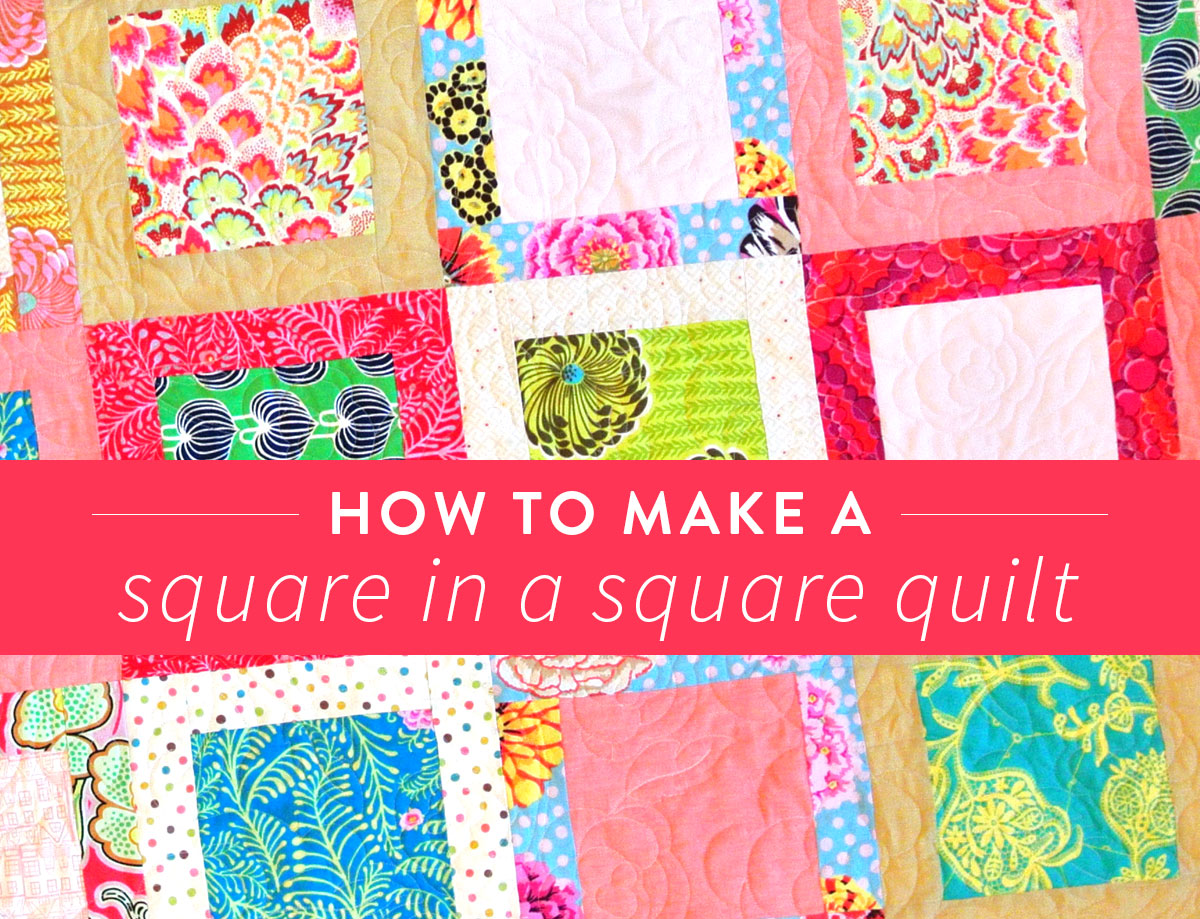
A quilt square is a fabric patch with a design, usually made of cotton, wool, or synthetic fibers, that is sewn together with other quilt squares to make a bed quilt or quilted craft.
- Quilt squares are also known as blocks.
- The designs on quilt squares can be traditional, contemporary, or abstract.
- Quilt squares come in many sizes, from 2-inch (5 cm) mini-squares to 12-inch (30 cm) squares.
- Quilt squares may be made of a single fabric or of many fabrics.
- Quilt squares are often arranged in a repeating pattern and sewn together, but they can also be arranged randomly or in a mosaic pattern.
- Quilt squares may be machine-stitched together or hand-stitched.
- Quilt squares can be used to make wall hangings, pillows, clothing, and other crafts.
- The use of quilt squares dates back to the 1700s.
Quilt squares are popular in the quilting community and are often referred to as patchwork pieces. They are also known as what are quilt squares called in the craft world.
Types of Quilt Squares
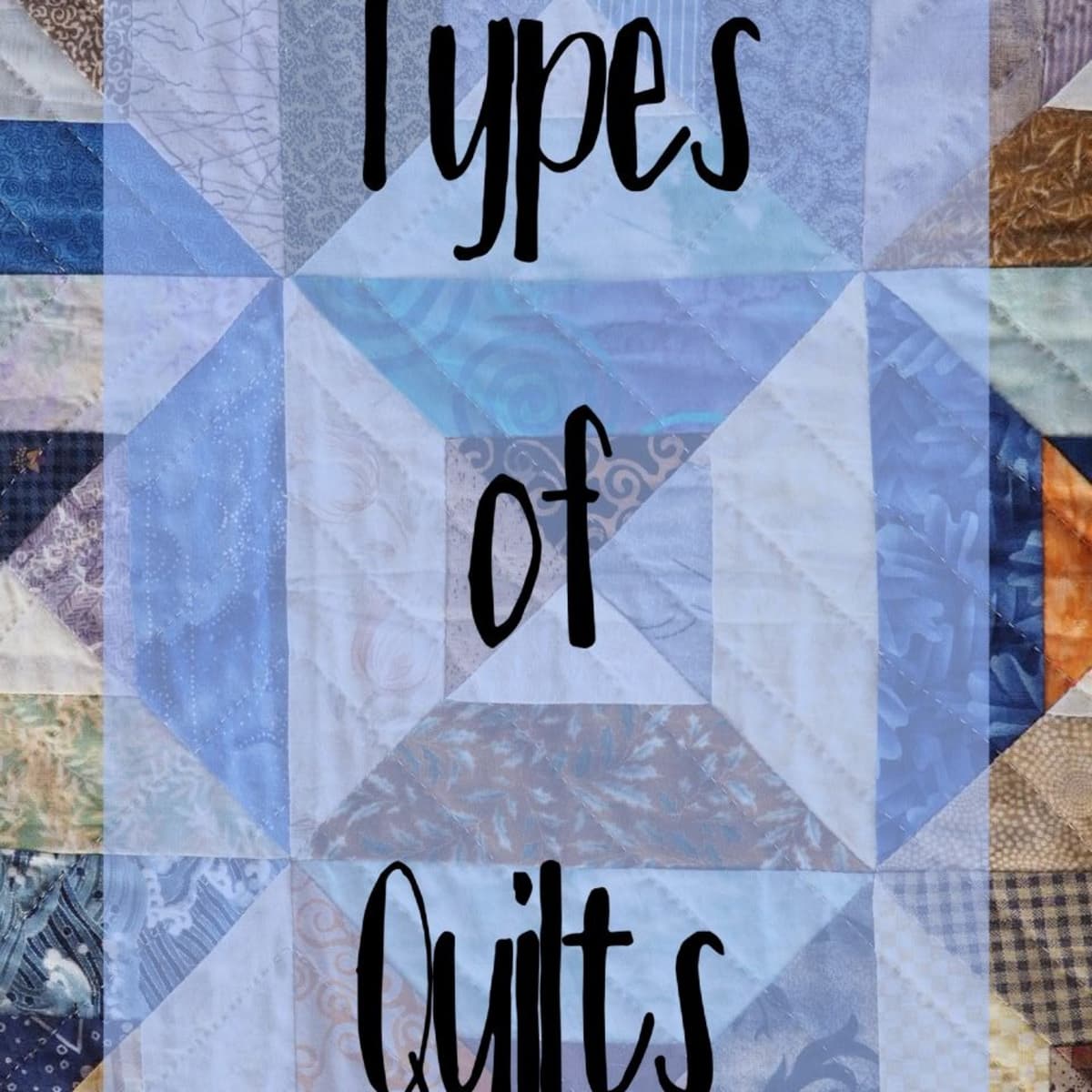
A quilt square is a piece of fabric that is cut or sewn into a square. Quilt squares can be used to create a quilt, wall hanging, table runner, tote bag, or other sewing project. There are many different types of quilt squares, including traditional blocks, paper pieced blocks, appliquéd blocks, and modern blocks.
Traditional Blocks
Traditional quilt blocks are named after their shape or pattern. Examples of traditional blocks include the 8-pointed star, Flying Geese, Log Cabin, and Ohio Star. Traditional blocks are often created from squares, rectangles, and triangles.
Paper Pieced Blocks
Paper pieced blocks are created by sewing fabric to a paper foundation. The paper is removed after the fabric is sewn. These blocks can be used to create intricate designs, such as stars and snowflakes.
Appliquéd Blocks
Appliquéd blocks are created by sewing fabric shapes onto a background fabric. The fabric shapes can be circles, stars, hearts, leaves, or any other shape. Appliquéd blocks are often used to create pictures or scenes.
Modern Blocks
Modern blocks are created with a combination of traditional blocks, paper pieced blocks, and appliquéd blocks. These blocks are often made with contrasting colors and geometric shapes. Modern blocks can be used to create quilts with a modern look.
Variations of Quilt Squares

Quilt squares come in a variety of shapes, sizes, and colors. The most common quilt square is the traditional patchwork square, which is typically 8-inch by 8-inch in size. Other popular quilt squares include the log cabin, flying geese, and nine-patch. These quilt squares can also be modified to create a variety of unique designs.
| Type of Quilt Square | Description |
|---|---|
| Patchwork | Traditional 8-inch by 8-inch square, made up of multiple pieces of fabric sewn together. |
| Log Cabin | Square made up of a center and four strips of fabric, commonly used for traditional quilt designs. |
| Flying Geese | Square made up of two triangles, commonly used to create a V-shape in a quilt. |
| Nine-patch | Square made up of nine smaller squares, often used to create complex quilt designs. |
The shapes of quilt squares can also be modified to create unique designs. For example, the log cabin quilt square can be modified to create a star pattern or a circle design. The flying geese quilt square can be modified to create a diamond or hexagon shape. The nine-patch quilt square can be modified to create a checkerboard or a pinwheel pattern.
In addition to traditional quilt squares, there are also novelty quilt squares, which come in a variety of fun shapes such as animals, letters, and hearts. These quilt squares are perfect for adding a personal touch to a quilt.
No matter what type of quilt square you choose, you can be sure to create a one-of-a-kind quilt that will be cherished for years to come.
What a Quilt Square is Called
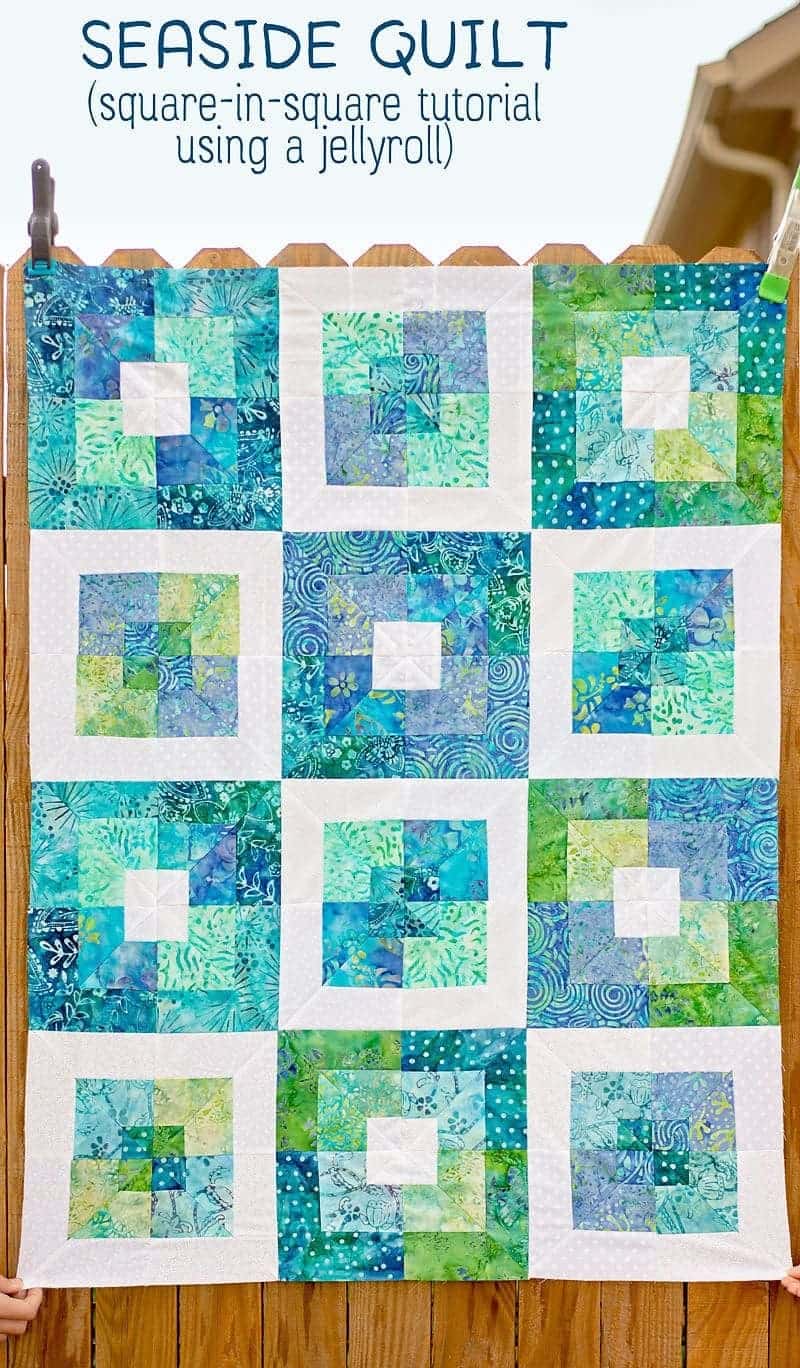
A quilt square is a basic unit of a quilt and is also referred to as a block. It is a piece of fabric, usually cut into a square shape, that is sewn together with other blocks to create a quilt.
The most common quilt block sizes are 6-inch, 8-inch, 9-inch, and 12-inch. These sizes are usually determined by the size of a particular quilting ruler.
| Size | Name |
|---|---|
| 6-inch | Charm |
| 8-inch | Layer Cake |
| 9-inch | Half-Square Triangle |
| 12-inch | Fat Quarter |
Quilt block patterns often use half-square triangles and squares, as well as other shapes such as rectangles and diamonds. Some quilt blocks use appliqué technique to create a unique design. Quilt blocks can be used to create a variety of quilt patterns, including bed quilts, lap quilts, baby quilts, wall hangings, and table runners.
Common Names for a Quilt Square
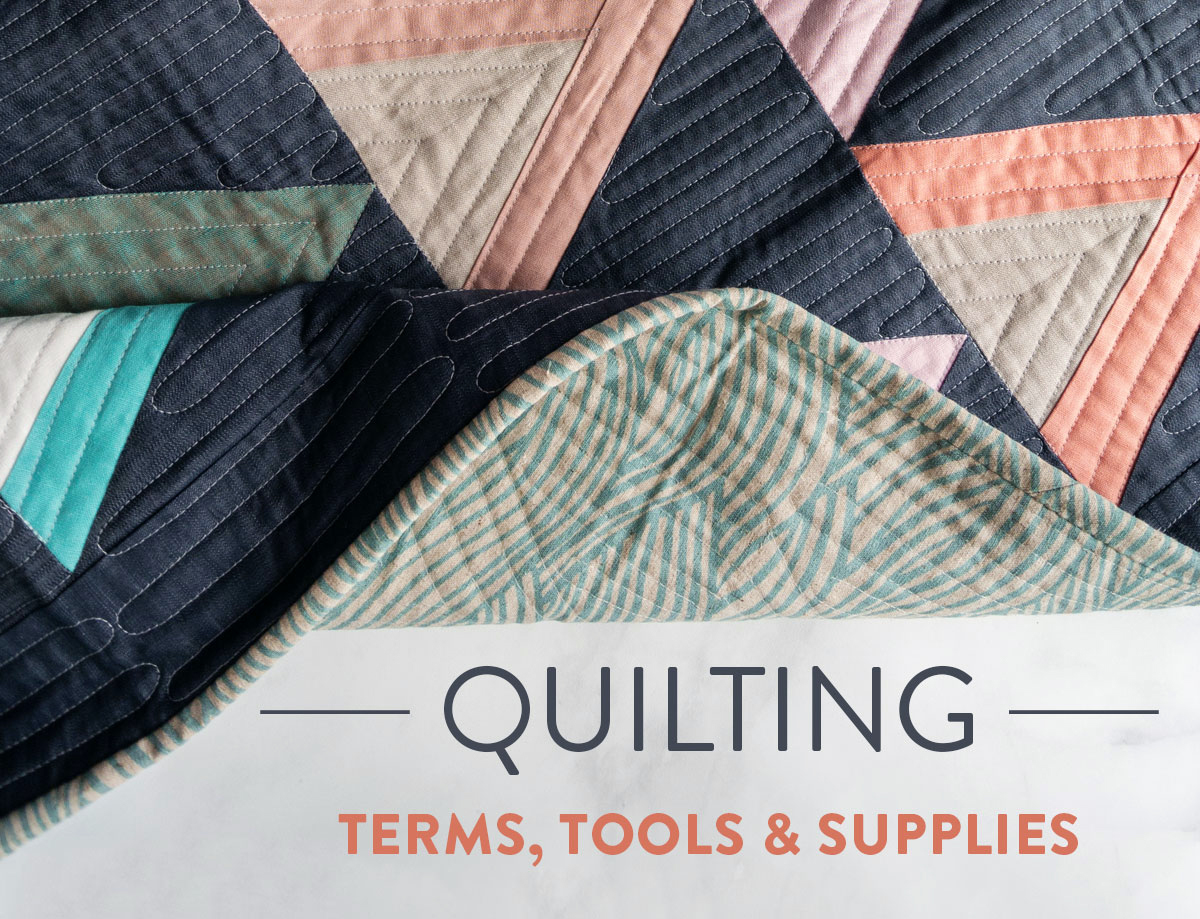
- Patch – typically used for smaller squares
- Block – typically used for larger squares
- Tile – used to describe the individual squares of a quilt
- Unit – used to describe the individual squares of a quilt
- Motif – used to describe the individual squares of a quilt
History of Quilting
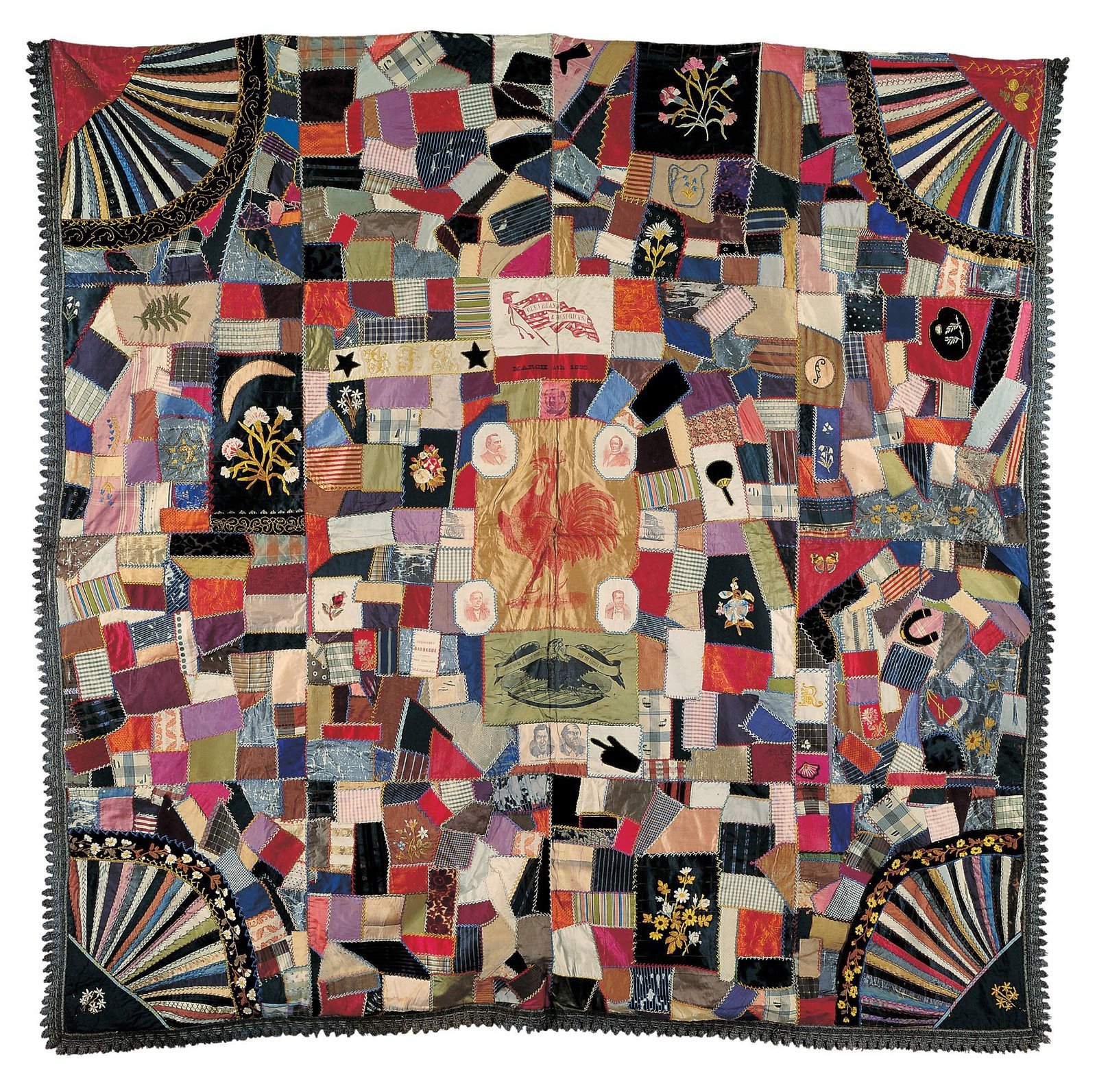
Quilting has a long and colorful history. It can be traced back to ancient Egypt and the Middle East, where quilted garments were used for warmth and protection. In Europe, quilting was used as a form of decorative art. It was not until the 1800s that quilting became popular in the United States, when settlers brought their quilting skills with them.
Quilting has evolved over the years and is now seen as an art form. Many quilts today are made from a variety of fabrics and techniques, including hand-stitching, machine-stitching, and applique. Quilts are often used to commemorate events, such as weddings and graduations, as well as to decorate homes.
| Time Period | Location | Purpose |
|---|---|---|
| Ancient Egypt and Middle East | Everywhere | Warmth and Protection |
| Europe | Everywhere | Decorative Art |
| 1800s | United States | Popularization |
| Today | Everywhere | Art Form |
Quilting is now recognized as a form of self-expression, and quilting squares, also known as blocks, are used to create intricate patterns and designs. Quilting squares are made from a variety of fabrics and colors, and can be used to create a variety of quilts. There are many different types of quilt squares, such as traditional block patterns, applique patterns, and free-form designs.
Uses for Quilt Squares

- Patchwork Quilts: Quilt squares are the most popular way to make patchwork quilts. The squares are sewn together to make a single fabric, which is then layered with batting and a backing fabric to create a quilt.
- Wall Hangings: Quilt squares can also be used to make beautiful wall hangings. The quilt squares can be arranged in any pattern and used as a decorative piece for any room.
- Baby Blankets: Quilt squares can be used to make baby blankets. The quilt squares can be arranged to make a soft and cozy blanket for a baby.
- Table Runners: Quilt squares can be used to make unique and beautiful table runners. The quilt squares can be arranged in any way to create a unique and eye-catching look.
- Pillows: Quilt squares can be used to make pillows. The quilt squares can be arranged in any way to create a unique and eye-catching look for any room.
Tips for Choosing Quilt Squares
When creating a quilt, one of the most important decisions is choosing the quilt squares. Quilt squares, also known as patches, blocks, or pieces, are the individual pieces of fabric that are sewn together to form the quilt. Here are some tips to help you choose the right quilt squares for your quilt.
Consider the Fabric
When selecting quilt squares, it is important to consider the fabric. Choose fabrics that coordinate together, such as a variety of different prints or colors that work well together. Avoid choosing fabrics that are too similar, as this will create a dull and boring quilt.
Pick a Pattern
Once you have chosen the fabrics, it is time to decide on a pattern for your quilt. There are many different patterns to choose from, such as traditional patchwork, log cabin blocks, or crazy quilt blocks. Decide on the type of pattern that best suits your project.
Size Matters
The size of the quilt squares you choose will affect the overall size of the quilt. Be sure to choose quilt squares that are the same size, as this will make it easier to assemble the quilt. If you are making a traditional quilt, the standard quilt square size is 6-7 inches.
Choose the Right Needles
When assembling the quilt, it is important to choose the right needles for the job. Quilting needles are longer and thicker than regular sewing needles, and they are designed to penetrate multiple layers of fabric. Be sure to choose needles that are the right size and type for the job.
Invest in Quality Thread
When quilting, it is important to use quality thread. Cheap thread will break easily, resulting in an uneven quilt. Invest in quality thread to ensure that your quilt will be strong and durable.
By following these tips, you can be sure to choose the right quilt squares for your project. Quilt squares, also known as patches, blocks, or pieces, are an essential part of any quilt. Choosing the right quilt squares will ensure that your quilt looks great and lasts for many years.
Frequently Asked Questions
What is the difference between a quilt square and a quilt block?
A quilt square is a single piece of fabric that is cut and sewn together with other squares to create a quilt. A quilt square can be any size and can be pieced with other fabrics to create a unique design.
In contrast, a quilt block is a larger piece of fabric that has been pieced together to form a design. Quilt blocks are usually 12” x 12” or larger, and can be combined to create a quilt top.
What type of fabric is typically used for quilt squares?
Cotton Fabric is the most popular choice for making quilt squares. It is lightweight, durable, and easy to work with. It also comes in a variety of colors and patterns, making it perfect for creating unique designs.
Fleece Fabric is also a great choice for quilt squares. It is lightweight, warm, and comes in a variety of colors and patterns. It is also easy to work with and won’t shrink or stretch when washed.
Flannel Fabric is a great option for quilt squares because it is lightweight, soft, and comes in a variety of colors and patterns. It is also very easy to work with and won’t shrink or stretch when washed.
Wool Fabric is a luxurious choice for quilt squares. It is warm, durable, and comes in a variety of colors and patterns. It is also very easy to work with and won’t shrink or stretch when washed.
Silk Fabric is a great choice for quilt squares because it is lightweight, luxurious, and comes in a variety of colors and patterns. It is also easy to work with and won’t shrink or stretch when washed.
How many different quilt square patterns are there?
Quilting is a creative craft that has been around for centuries and it has evolved into many different styles and patterns. The quilt square is the foundation of any quilted piece and there are numerous quilt square patterns that can be used to create unique and beautiful quilts.
- Log Cabin Pattern – This is one of the oldest and most popular quilt square patterns, featuring a log-cabin design with a square in the center.
- Nine-Patch Pattern – This is a simple quilt square pattern that consists of nine smaller squares that are arranged in three rows of three.
- Grandmother’s Flower Garden Pattern – This pattern is composed of hexagon-shaped flowers that are arranged in a circular pattern.
- Churn Dash Pattern – This is a traditional quilt square pattern that consists of two dark and two light fabrics arranged in a criss-cross pattern.
- Rail Fence Pattern – This quilt square pattern is composed of two light and two dark fabrics arranged in a repeating pattern.
- Sawtooth Star Pattern – This pattern is composed of two contrasting fabrics in a sawtooth star shape.
- Bear’s Paw Pattern – This quilt square pattern features a paw print-like design with four light fabrics and one dark fabric.
- Mosaic Pattern – This pattern is composed of small squares or triangles arranged in a mosaic-like pattern.
- Tumbling Blocks Pattern – This quilt square pattern consists of triangles arranged in a three-dimensional pattern.
These are just a few of the many quilt square patterns that can be used to create beautiful quilts. Depending on the style and complexity of the quilt, other patterns may be used as well.
Are there any special techniques for cutting quilt squares?
Rotary Cutter: The most common way to cut quilt squares is with a rotary cutter. This tool is designed specifically for fabric and quickly and accurately cut straight lines. To use, you need a rotary cutter, a cutting mat and a quilting ruler. Place the fabric on the cutting mat and line up the ruler with the fabric to the desired size. Place the rotary cutter along the edge of the ruler and cut through the fabric.
Fussy Cutting: When you want to cut a quilt square with a specific pattern or motif, you can use a technique called fussy cutting. This technique requires you to use a quilting ruler and a rotary cutter to carefully cut around the desired image or pattern.
Paper Piecing: Paper piecing is a technique used to create intricate designs and patterns. You will need paper templates, a rotary cutter and a quilting ruler. Place the paper template on top of the fabric and line up the quilting ruler with the template. Use the rotary cutter to cut out the fabric according to the template.
Foundation Piecing: Foundation piecing is a technique used for creating intricate patterns with fabric. You will need a pattern, fabric, a sewing machine and quilting rulers. Begin by cutting the fabric into strips and then sew the strips onto a foundation fabric. Then use the quilting rulers to cut the fabric into the shapes specified by the pattern.
Is it possible to customize the size of quilt squares?
Yes, quilt squares can be customized to any size. Different quilt patterns will require different sizes of quilt squares. A quilter can choose to use any size they wish, depending on the design they are trying to create. It is important to ensure the quilt squares are cut accurately to ensure the finished product looks neat and precise.
Conclusion
Quilt squares are the foundation of quilting, and each quilt square is referred to as a patch. Patches can be made from a variety of fabrics and come in a variety of sizes and shapes. Quilters often use unique and creative patch designs to create their quilts, making each quilt unique and one-of-a-kind.






